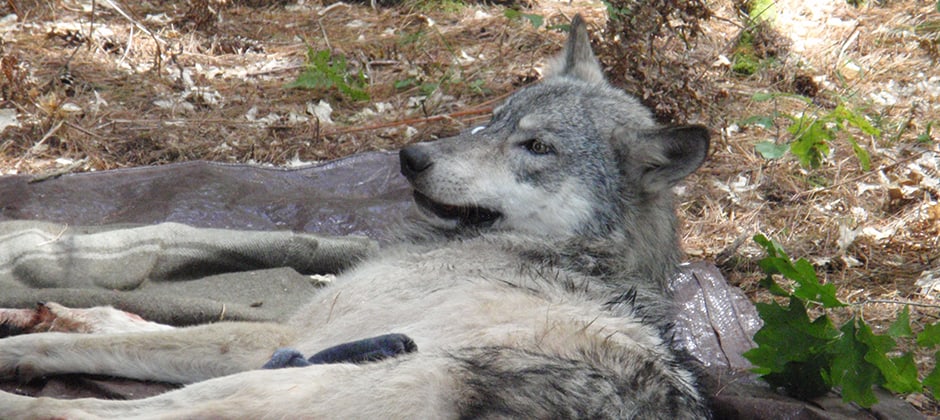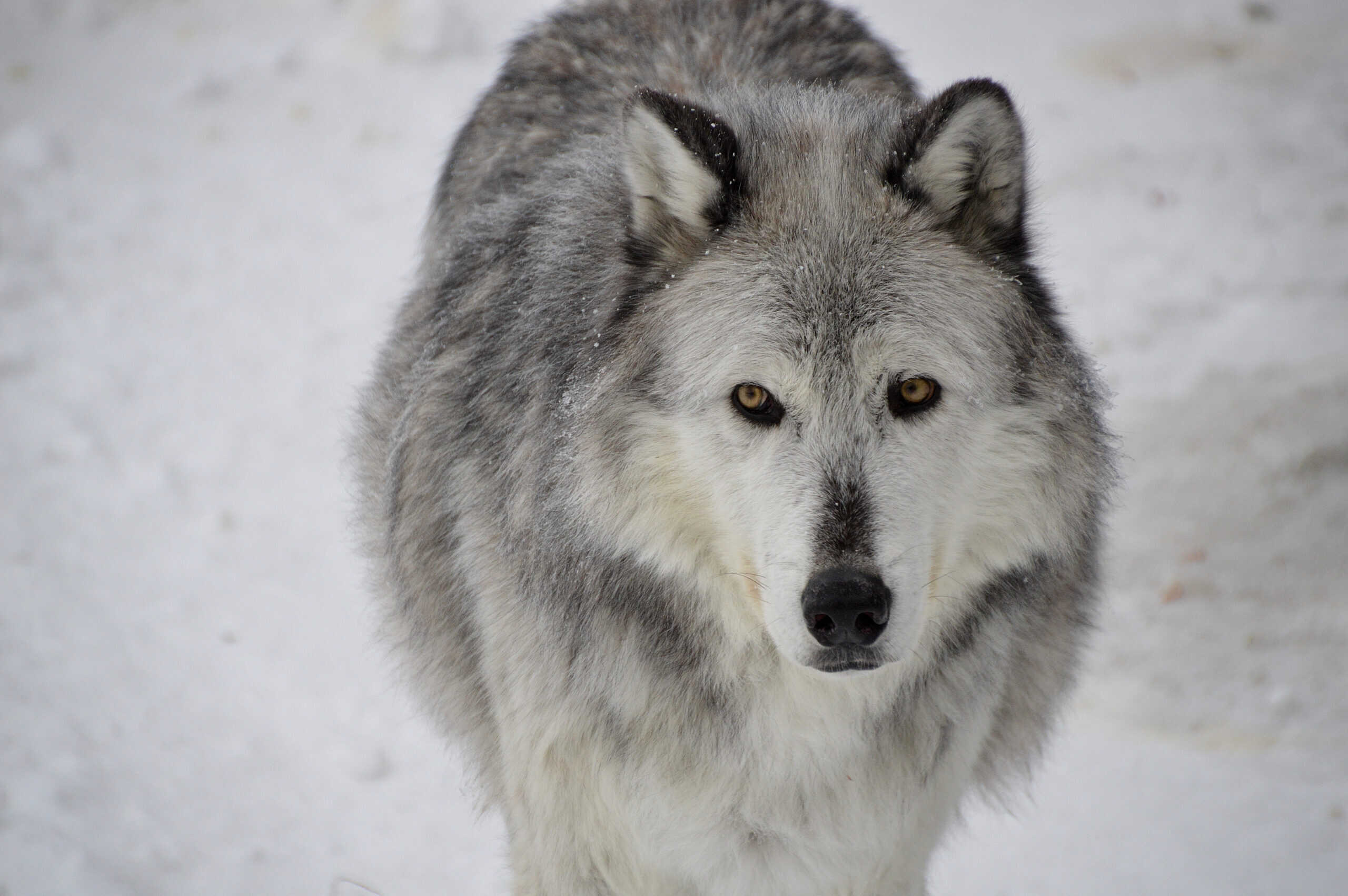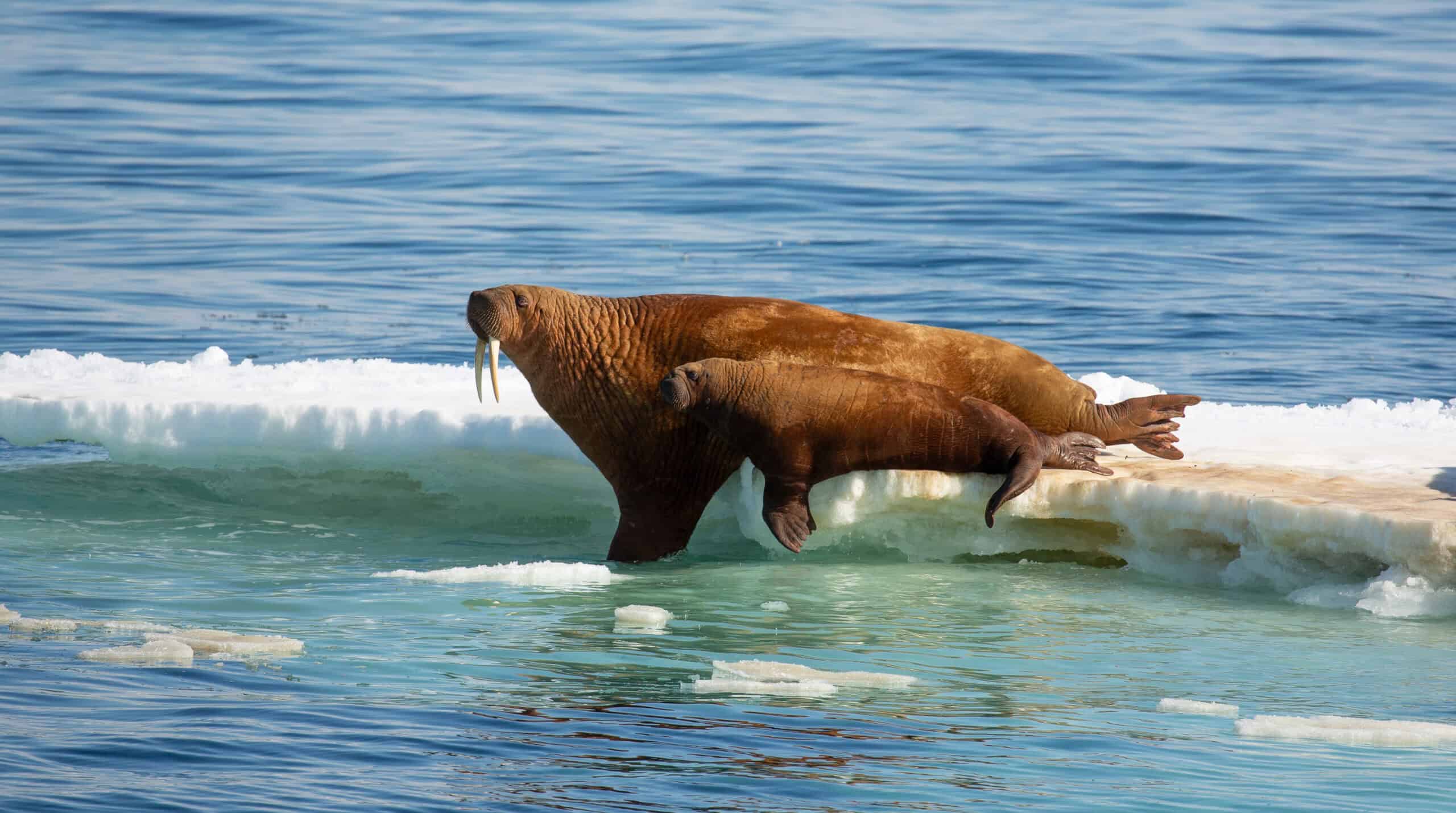Share this article
Symposium shares cultural importance of the wolf
Wildlife Services in Wisconsin recently benefited from a unique wolf symposium sponsored primarily by the Mashkiiziibil — the Bad River Band of Lake Superior Chippewa — as well as other Great Lakes Tribes and the Great Lakes Indian Fish and Wildlife Commission in Ashland, Wisconsin. The agenda of the Ma’iingan Symposium, whose title comes from the Ojibwe word for wolf, was not filled with scientific presentations on wolf behavior or management. Rather it focused on the ancient and highly personal relationship between the wolf and the Anishinaabe, which includes the Ojibwe, Odawa, Potawatomie and related peoples.
In the Anishinaabe creation story, the wolf was sent to Original Man as a companion and brother. The Ma’iingan Symposium communicated the cultural importance of the wolf through storytelling, traditional music and informal group discussions, with ample opportunity to mingle with tribal members, including biologists and elders. The program also included a talk by Adrian Wydeven, CWB®, and a screening of the documentary Brother Ma’iingan.
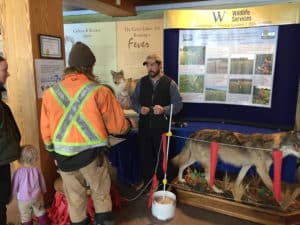
Wildlife Services-Wisconsin biologist David Ruid speaks with visitors at the Ma’iingan Symposium. ©USDA Wildlife Services
The Wisconsin gray wolf (Canis lupus) population numbers about 1,000 wolves, primarily in the northern third of the state. Since 1990, WS-Wisconsin has partnered with the Wisconsin Department of Natural Resources to provide depredation investigations and management services to livestock producers in the state. WS-Wisconsin also has worked with individual tribes to trap and affix radio collars to wolves occurring on tribal lands to support population monitoring.
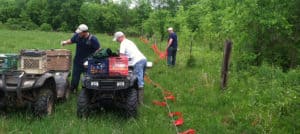
Wildlife Services-Wisconsin provides nonlethal methods to protect livestock from wolves. ©USDA Wildlife Services
Invited to set up an educational exhibit at the Ma’iingan Symposium, we highlighted WS efforts to develop and implement nonlethal solutions for mitigation of conflicts between wolves and livestock producers. We have developed and tested new scare radio designs and implemented various exclusion projects using electric fencing.
As an agency strongly involved in wolf management, WS-Wisconsin greatly appreciated this excellent opportunity to learn more about the wolf’s cultural significance to the Anishinaabe and to share information on our integrated wolf depredation management efforts with Wisconsin tribes.
Header Image: The wolf plays a central role in the Anishinaabe creation story, and its cultural importance continues. This wolf was radio collared for a Wisconsin tribal nation. ©USDA Wildlife Services



